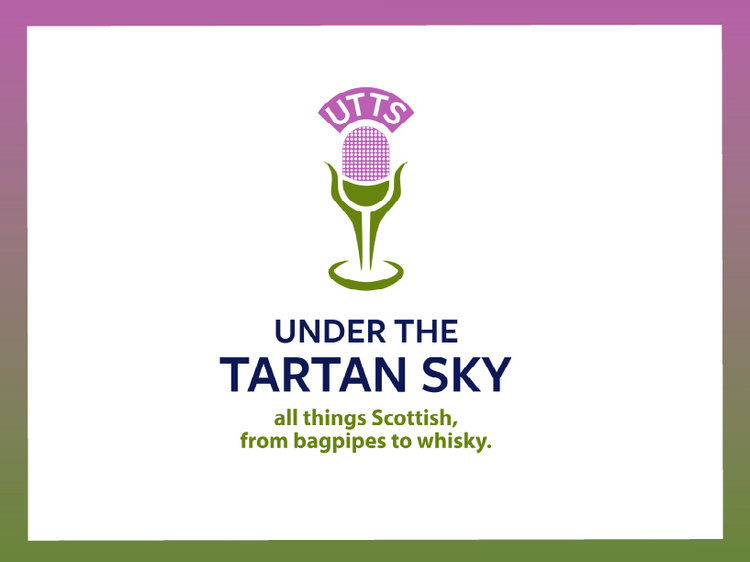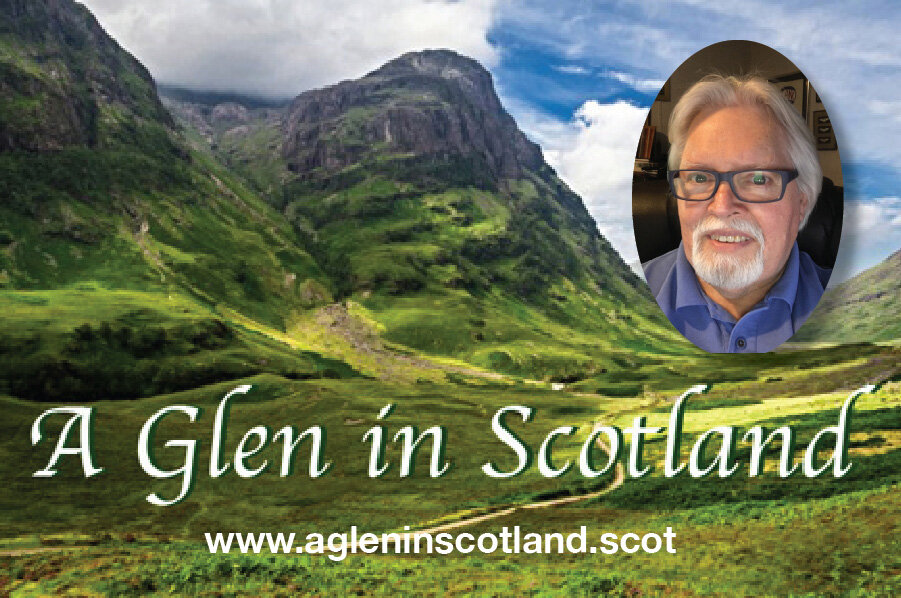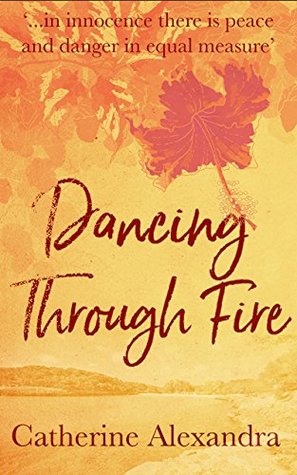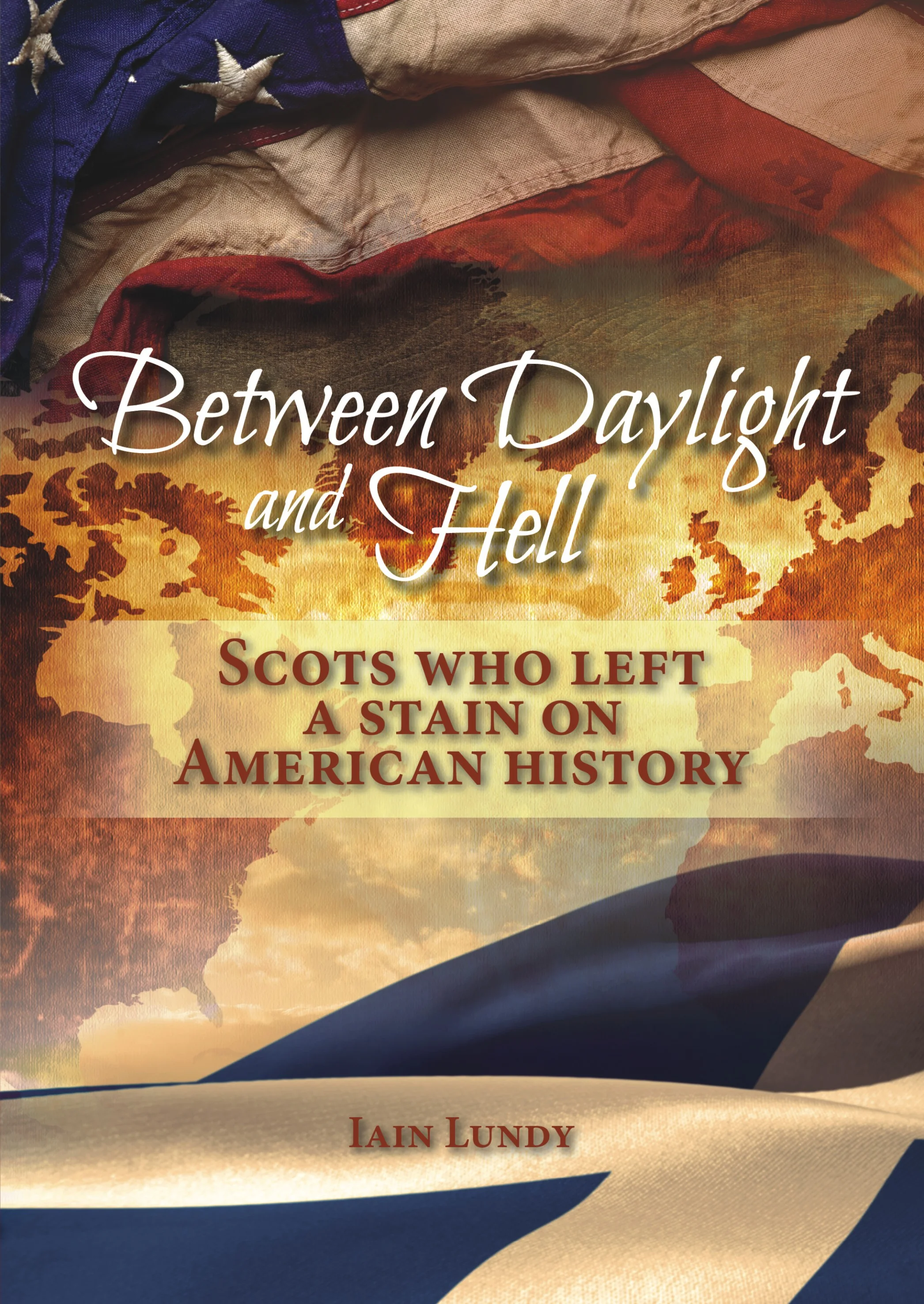Scots is one of three indigenous languages in Scotland. It is the language of Robert Bruns and while a sister language to English it borrows many words from other languages, has words uniquely its own like glaikit, blether, mawkit, guid, and is further complicated by the four main and many sub dialects spoken in Scotland. Once mocked, discredited and even considered vulgar, Today Scots is gaining a new level of respect and support especially within the Scottish school system, spurred on by the Scottish government following the publication of its “Scots Language Policy” in 2015.
As many as 1.5 million Scots identify themselves as Scots speakers, yet it wasn’t that long ago that Scots was the language children spoke on the playground, not daring to utter it in the classroom where only proper English was allowed.
The new policy seeks to reverse that attitude through many steps, including that Education Scotland adopts trilingual corporate signage using English, Gaelic and Scots. There is the development of the Scots language ambassador scheme wherein famous Scots will become public champions of the language, and of course there is the teaching of Scots in schools.
Greta Yorke is a retired teacher, a kindergarten teacher she would be called here in the States and, with her friend Maggie Bolton as illustrator, is the author of a recent new children’s book that she hopes will be adopted for use in schools to help teach children the Scots language. Her book, the Tartan Witch, is a simple tale of a wee coven of witches – all of whom speak English, who find themselves in a quandary as they are expecting a visit from The Tartan Witch, who speaks Scots resulting in the classic failure to communicate. The story is written in both English and Scots and as all children’s books should, ends in a very modern-day form of everyone living happily ever after.
This is Yorke’s third children’s book but neither she or Bolton set out in life to become a writer. Indeed the inspiration that led Yorke to her writing was a wee knitted witch won as a prize at a school fair.
At the time of winning this cute green witch, Yorke was teaching her students their numbers, counting from one to ten, and seeing how the children reacted positively to her wee witch she asked the prize donor, grandmother to one of the children, if she would make nine more. She did and when they arrived each was a different color. Suddenly Yorke found herself with both a teaching tool and inspiration for her first story, "The Witch Hitch."
The ten little witches, all in different colors, became the inspiration for Yorke to pen her first book, "The Witch Hitch," teaching children about numbers AND color.
Yorke called on her friend Maggie Bolton, a painter and writer herself, to illustrate the book. Both teachers, the pair met at the Ayr (Ayrshire, Scotland) Writer's Club. "The Witch Hitch" proved not only a success with her students, but the story won her 1st prize in a Scottish Writer's Association contest for Under 7's children's book. Following "The Witch Hitch," Yorke had written a second children's book but was anxious to revisit her witches. A friend, knowing how well the colorful witches had been received by the children, suggested she might involve some tartan in her next story. With that bit of advice, when the government published its directive to promote development of the Scots language, the idea for "The Tartan Witch" was born!
Since the language can be difficult to understand and learn, even for native English speakers, the tale of a group of witches, who quite like their little Scottish friend, the Tartan Witch, but have a hard time understanding her is a natural teaching tool. The book therefore presents the story in both Scots and English. Think of it as a foreign film with English subtitles. Here are a couple of pages from the book...
Yorke and Bolton often visit schools together and perform a reading of "The Tartan Witch" in both Scots and English. In addition to teaching the two languages the book includes subtle nods to cultural education - elements of a spell the witches cast are decidedly Scottish and English, the other witches end up wearing authentic color coordinated Scottish tartan Tam o' shanters and perhaps without realizing it, come to the end of the story even speaking a bit of Scots themselves. Even Bolton's illustration of the Tartan Witch, by making her a ginger (redhead), is a wee nod to Scottish culture.
Will there be future adventures of the Tartan Witch? Both Yorke and Bolton hope so. Each has other projects underway, both individually and collaboratively with another literary group, the LiterEight. After talking with the pair I'd say the odds are it's not long before Tartan Witch is again "set aff on her guid new broom."
Retired teacher and now author of "The Tartan Witch" and other works, Greta Yorke.
•The Tartan Witch (to purchase from Amazon.co.uk)
•GretaYorke.com (the author's website)
•Maggie Bolton (the illustrator's website)
•Ayr Writer's Club (website)
•Scots Language Center (online resource for more on the Scots language)
•Speaking Scots and the Concise Scots Dictionary (earlier podcast on Scots)














Award winning Scottish photographer John Baikie shares the amazing scenic beauty of the North Coast 500, Scotland’s “Route 66” road trip in his first book financed largely via crowdfunding on Kickstarter.